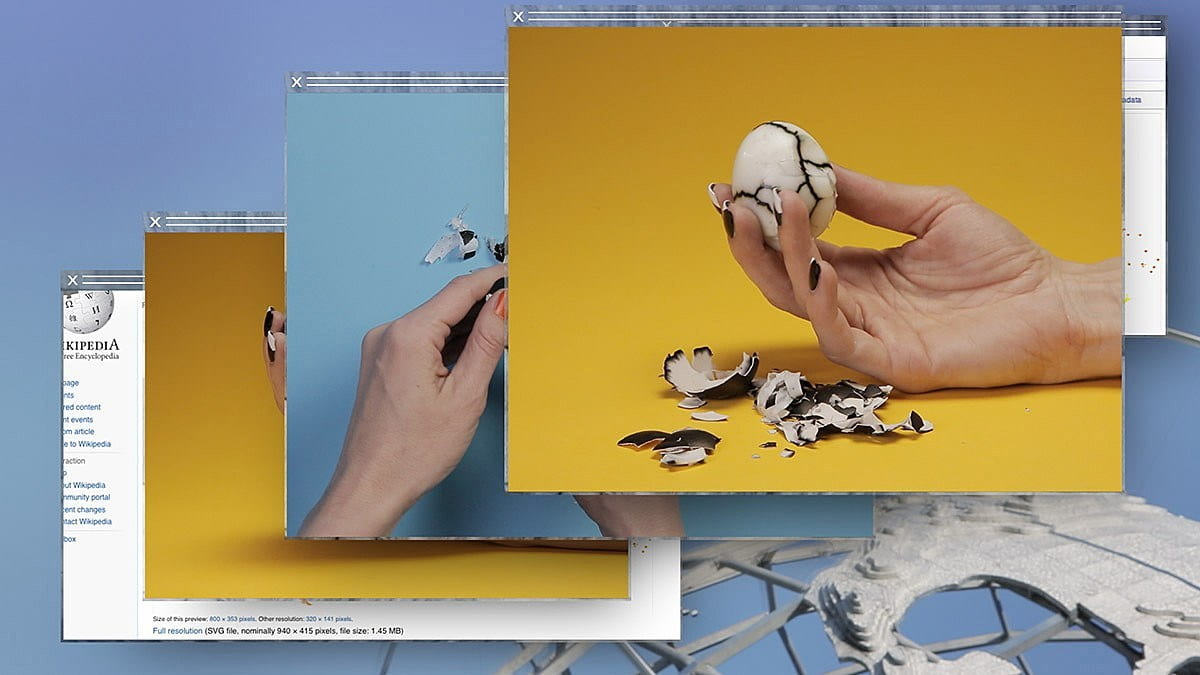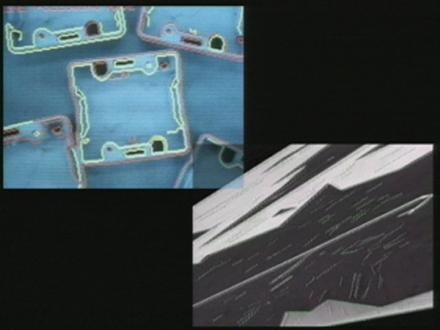“An introduction to the neural mechanisms underlying memory”
Kira Tang
Professor: Patricia Maurides
ARS 390
Amanda told us that memory is “The storage and retrieval of experience-induced changes in The brain.” In other words, memory is the most basic ability all animals need to adapt to their environment. Through Amanda’s talk, I learned that the functions of learning and memory are not limited to a single part of the brain. Studies have shown that spatial memory relies primarily on the hippocampus and other related structures, rhinal cortex is important for objects- recognition memory, and memory traces are widely distributed in the brain. In addition, long-term memory is a dynamic presence in the brain, which is constantly re-stored and even distorted by the brain. Therefore, in order for us to survive better, the brain is constantly reconstructing itself.
For The first time, I considered that emotions are dependent on memory, because Amanda said that the amygdala is important for emotional memories. If emotions don’t rely on memories, does that mean that no matter whether we have memories of the person or subject we love, we always feel the most genuine love from the bottom of our hearts when we see him or her. However, the existence of emotion is attached to the memory, once we lose the memory, it is possible that the past deeply loved people and things will no longer exist. I’m worried about will memory control become a new technology for future government control of social order. This reminds me of “men against Fire”of Black Mirror, in which the government changes soldiers’ perception of the world by implanting a program that can control their perception and memory.The government can tamper with soldiers’ memories and emotions to achieve the purpose of killing “second-class citizens”.
Human beings possess animalistic sympathy, while the Mass reconstructs the social mechanism of overcoming animalistic sympathy. The show suggests that we all grow up with our own perceptions, so that even when we see the same thing, we all see it with our own filters. During the war, the best way for soldiers to kill is to “dehumanize“, so that when soldiers shoot, they will be full of sense of justice and superiority, and changing memories and emotions is the most direct and simple weapon.

